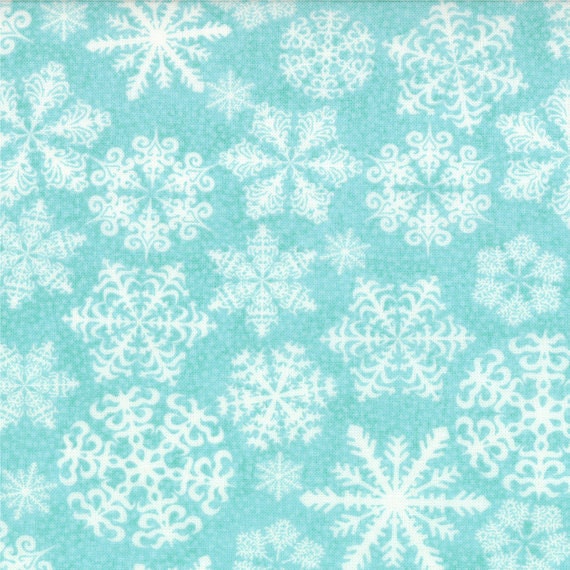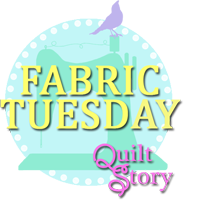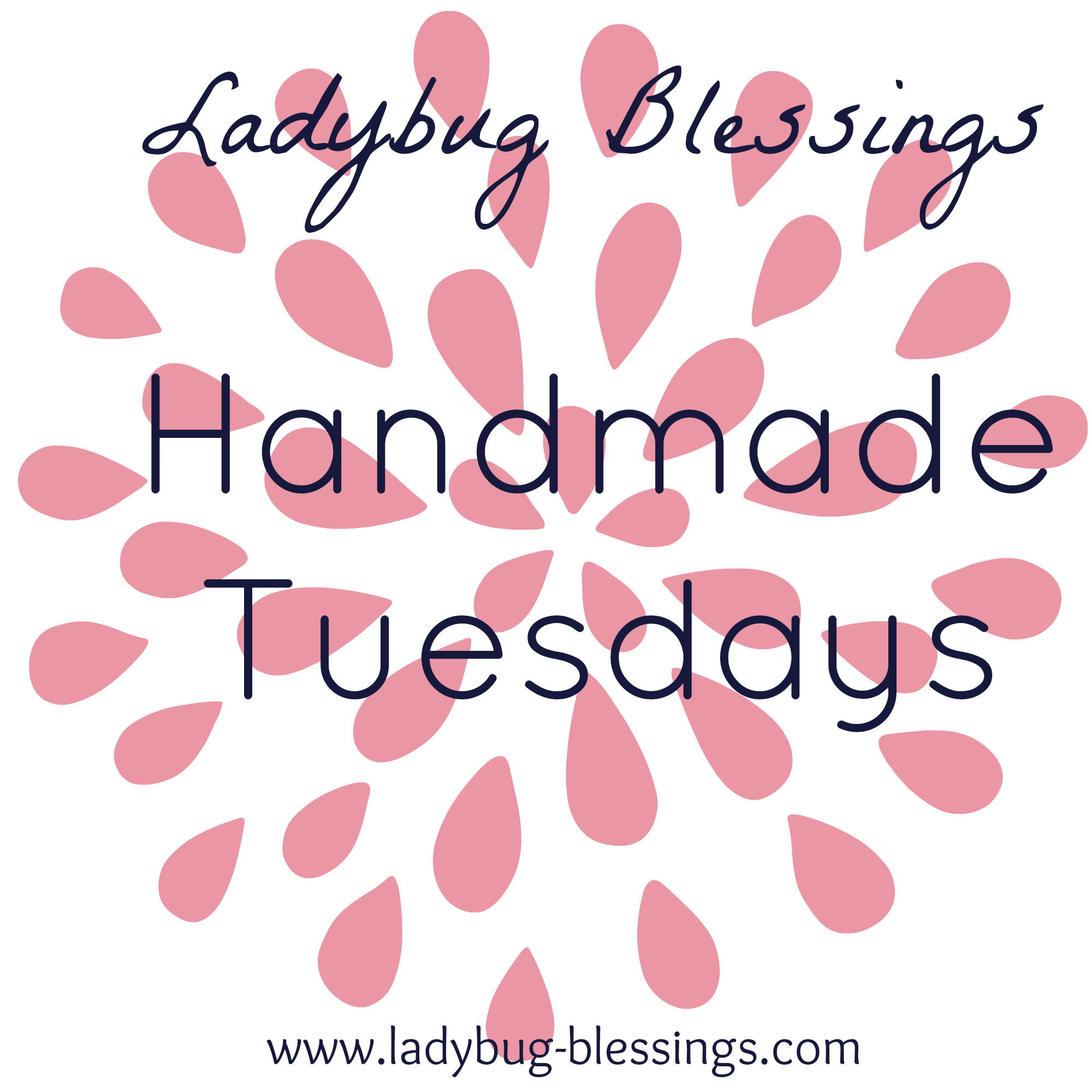This is one place where the order is a little different if you're making a quilt versus a table runner. If you're making a quilt, you'll applique your tree trunks BEFORE sewing your triangles. If you're making a table runner you'll sew your triangles together first...so if you're making a table runner, you DO need this lesson, but you'll have to wait to use it.
If you're new to the quilt-along, it's not too late to get started. You'll want to go here to see the first lesson and to sign-up.
And you can review the other lessons here:
Lesson 1 - Fabric Selection | Lesson 2 - Sewing Your Greens
 | Lesson 3 - Cutting Your Triangles |
Lesson 4 - Basic Applique  | Lesson 5 - Sewing Your Triangles  | Lesson 6 - Advanced Machine Applique  |
Before we'll be ready to cut out our triangles, we're going to need to add some angle markings to your ruler. I decided to make the angle at the tip of the triangle
For a quilt, you will need a total of 19 full-tree trunks at this point, 6 half-tree trunks, and 1 large tree trunk for making the quilt. You can print my template for the trunks off from here. This is a general diagram for our quilt, to give you an idea of where we're headed. The white triangles are background triangles that do NOT have tree trunks. The grey triangles are background triangles that DO have tree trunks.
The green triangles are the ones you've cut out of your green strips. The light green triangles are no different than the other green triangles, except that they should all come out of the same green strip with the A's all having come from the same direction and the B coming from the other direction.
Start by tracing the trunk shapes onto your iron-on adhesive. I like to use Heat'n Bond Lite (affiliate link). I've used it for years and haven't really tried many other products, but I know there are some other options out there. (You can let us know in the comments if you have another product you like.) I used to buy mine at Jo-Anns but it seems that they've stopped carrying it, but you can still find it at Wal-Mart, Hobby Lobby or online. (It's not an issue with the tree trunks, but one thing to keep in mind when using Heat'n Bond or something similar is that your image will end up as a mirror image as what you trace on the paper side.) Once you've done the tracing, roughly cut them out.
Iron the tree trunks onto the BACK (also called the WRONG) side of your tree fabric.
Cut them out.
Next you'll peel the backing off the trunks.
Next center them in the middle of the shortest side of the triangle. This will serve as the trunk for the tree that is above it. We'll leave these off the white triangles at the top of our quilt and those under the large tree (for now), so you just need to add tree trunks to 19 of your white triangles, and 6 of your half-triangles. Be CAREFUL. The Heat'n Bond is nasty stuff if you get it on your ironing board or iron.
Iron well, following the directions on the Heat'n Bond (although I think I often use a higher heat setting.)
For the half-triangles, the tree trunks will be ironed on to the edge that forms a right angle. (Note: In my picture I cut all my trunks out the same and just trimmed them. I've provided you with a template for half-trunks, so yours won't hang off the way mine did.)
Now we get to pull our sewing machines out again. Now let me say that there are other more "refined" ways of doing applique that involve cutting out your pieces larger than the shape you need, then ironing all the edges under, and then hand or machine sewing those pieces on. That method looks lovely...but since I always seem to be working up against a deadline, I've come to love the faster method of satin-stitching the edges and purposely making the thread show. And by satin-stitching, what I mean is that we'll be using a tight zig-zag stitch. The tree trunks are a great place to practice machine applique, if you've never done it before because your start and stop points will be hidden inside seam allowances, and we're dealing with pretty straight lines with nearly right angle corners. You also might want to test your zigzag stitch out a bit before sewing on your quilt pieces. You'll also want to do a quick check of your tension. In my experience, finicky machines are more likely to have a problem with zigzag stitching than straight line stitching.
My machine doesn't give stitch measurements, but I use the zigzag width setting about in the middle. This results in a stitch just a little over 1/8 inch wide.
I also set the stitch length to a very short one. (Note: a normal stitch length on my machine is a #3, so between #1 and 0 is very short.) You want to be careful here because if it's too long, then your stitching will look more like a zigzag stitch than a satin stitch. On the other hand, if you set it too short, then your machine can get kind of stuck with the stitches piling up and it can weaken your fabric.
Now when we start stitching we will NOT backstitch. Backstitching on a zigzag setting ends up being bulky and looking different. Because these ends will be hidden and protected inside our seam allowances, we don't have to do anything to secure the stitching.
Stitch along the side of the trunk until you reach the very end of your trunk. Stop with the needle DOWN on the OUTSIDE of the turn we're about to make. In this case, that will be on the RIGHT.
Keeping the needle down, lift your presser foot up and turn your fabric and continue stitching. Repeat at the next corner.
When you get to the end of your tree trunk, you can just remove the fabric from your machine and trim the threads. Do NOT back stitch.
Now repeat on all 25 of those tree trunks.
Please show my sponsors some love...
Reindeer - Holiday Frost from You Keep Me in Stitches | Aspen Frost from Sisters and Quilters  | Architextures Topography in Navy from Quilt Sandwich | Ink Spots from Quilt Sandwich  |
I'll be linking to:













































This looks like so much fun! If I weren't up to my ears in charity quilts right now I'd be up to my ears in tree trunks! Will have to tag this for next year for sure.
ReplyDeleteCool! I always wondered how to machine applique. Thank you for the tutorial!
ReplyDeleteCool! I always wondered how to machine applique. Thank you for the tutorial!
ReplyDelete